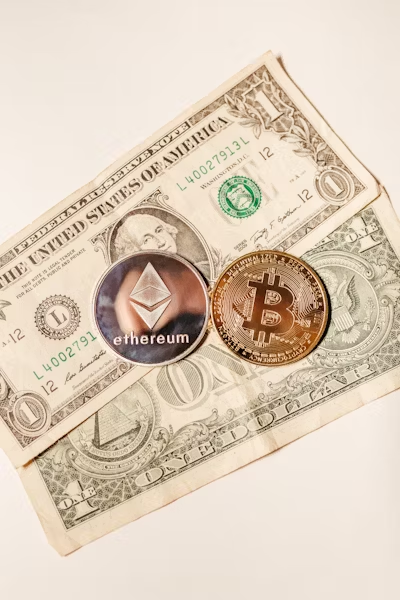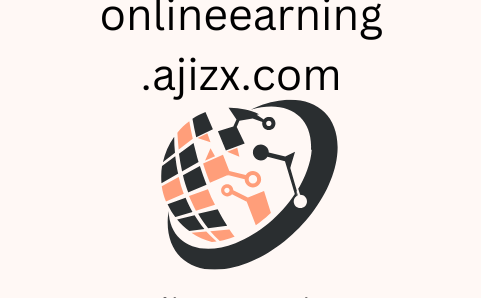
Background & Context
Pi Network, launched in 2019, gained popularity for its mobile mining approach, enabling everyday users to earn Pi through simple app interactions. Its transition to the Open Mainnet in February 2025 marked a turning point—introducing real-world utility, d App integration, and broader exchange access Gate.comRedditThe Economic Times.
Understanding how Pi Network earns money is crucial. It’s no longer just a novelty; with increasing token unlocks, fluctuating exchange listings, and soaring adoption, Pi’s monetization mechanisms are under scrutiny like never before.
Monetization Pathways of Pi Network

1. Pi Ad Network
Pi Network’s Ad Network, launched in pilot form, requires advertisers to purchase Pi to place ads inside Pi-compatible apps. Developers participating in the pilot phase are already generating revenue from ad placements, ushering in a tangible monetization channel, according to CryptoPotato. Ads bring visibility, developers earn, and Pi gets utility.
2. App Ecosystem & .pi Domains

Pi’s Open Mainnet includes over 100 ready-to-launch dApps across categories like finance and social media Gate.com. Additionally, Pi introduced .pi domains, allowing users and businesses to bid on unique domain names using Pi—fostering internal value use cases BSC News.
3. Token Unlocks & Supply Dynamics
A major monetization lever lies in token economics. More than 160 million Pi tokens are scheduled to unlock in August 2025, with a total of 318 million by that time—a large flood of supply that risks price pressure and creates strategic opportunity for the network AInvest. This unlock could serve as both a monetization tool or a challenge, depending on how Pi handles it.
4. Exchange Listings & Trading Fees

Pi is now listed on exchange platforms like OKX, Bitget, MEXC, Gate.io—but notably still absent from giants like Binance and Coinbase, possibly due to centralization and listing fee concerns BanklessTimespinetworkrate.comBinance. Listings bring liquidity and trading fees, but Pi’s absence from top platforms limits its reach.
5. Community Strategies: Buybacks & Burns
As supply unlocks approach, prominent community voices advocate for aggressive measures. A Pi community member dubbed “Mr. Spock” urged the team to consider buyback-and-burn policies—reducing circulating supply to stabilize token value Pintu.
Latest Momentum: Market Activity & Price Trends
- Trading Momentum: Recently, Pi saw a surge—trading volume spiked 150%, and price broke out of a horizontal resistance, surging ~16% before a pullback near $0.413 CoinCentralCryptoRank.

- Mixed Sentiment:
- Weekly gains of around 13% have been met with caution from analysts: rising exchange reserves and imminent token unlocks may rekindle downtrend risks CryptoPotato.
- Broader Context:
- Pi is 86% below its all-time high, showing both resilience and continued volatility CryptoPotato.
Why It Matters: Benefits of Pi’s Monetization Model
- Sustainable Growth:
- Revenue from ads, domain auctions, and future exchange activity provides funds to maintain development and ecosystem growth.
- Utility-Driven Value:
- Encouraging dApp use, ad placements, and domain bidding gives Pi real-world value—beyond speculative trading.
- Community Alignment:
- Buying and burning tokens can show commitment to value retention—appealing to holders and preserving trust.
Authoritative Sources to Watch
- CoinCentral’s price-volume breakout analysis CoinCentral
- BanklessTimes’ deep dive into Pi’s exchange listing hurdles BanklessTimes
- Pintu News on community suggestions like buyback-and-burn Pintu
- CryptoPotato’s balanced view on price outlook versus upcoming token supply pressures CryptoPotato
Feature Write-Out (Summary)

This article deciphers how Pi Network makes money through its evolving monetization strategies—from ad revenue and domain auctions to token supply tactics and exchange listing dynamics. It provides a deep dive into recent price activity, community strategies, and Pi’s path toward sustainable value and utility. Readers gain clarity on Pi’s revenue mechanisms and why they matter—for both casual miners and strategic investors.
FINAL Conclusion
Pi Network’s success depends on balancing monetization with community trust. By combining ad revenue, dApp marketplaces, domain sales, and thoughtful token supply management, Pi can drive sustainable growth. Strategic execution will determine whether Pi evolves into a lasting decentralized ecosystem or fades amid crypto’s competitive, fast-changing landscape.


